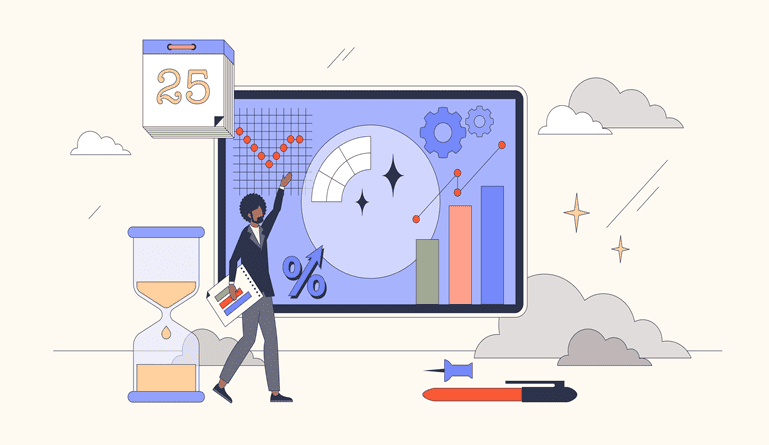Businesses have more ways than ever to gather customer data that helps them shape their marketing and customer communications. But privacy and data security are growing to become higher customer priorities and businesses need to be able to balance collecting the information they need to grow their business and also protect their customers and preserve their trust.
Customers want personalized offers from businesses and relevant information as consumers, but they want to know what information is being collected and what it’s being used for. After the Facebook information scandal, understanding the ways that your business can collect information on customers and how you can communicate that to your customers while keeping their privacy at the forefront.
Forbes points out, “Location tracking lives in everything from Apple Maps to Tinder, Uber, and WeChat. Every Samsung phone, for example, uses its APIs to set geotags for photography. Those APIs are part of Pilgrim — a passive, always-on, detection engine.” Many consumers are not aware of the consequences of the opt-ins they make on their devices, though businesses technically provide privacy policies to all users who grant access to their apps or websites.
Digital Advertising and customer data
Here are the other ways that businesses use digital advertising can be used to connect to customer information.
1. Cookies
According to one Medium writer, “Cookies help companies track visitors, delineate between multiple page views and single visits, personalize landing pages and allow users to stay logged in.” While much of the purpose of cookies does help to save customers time, it also helps businesses collect and track data. In fact, cookies help retarget customers with digital advertising and offer after a customer visits their website. It’s also a huge factor in the GDPR changes and policies that were created. Companies find out where users spend the most time on their site to assess what parts of their copy and design are working best, which can information
2. Heatmapping
This is a method built into some CX, UX, and analytics programs that help companies understand user behavior and customer experiences on their sites.
3. GPS
As mentioned above digital advertisers, businesses, and marketing professionals use GPS data to store location data. This can tell marketers the kind of places you visit, what time you visit, and even use your phone signal to track your location in a store. This can be used by savvy marketers to send promotions and push notifications to the customer devices, encouraging more purchases and relevant brand exposure.
4. Social media
Obviously, social media digital ads tell businesses what content that customers are interacting with. Marketers have access to large datasets that help them target specific segments of customers, helping them hone in on very detailed groups of people, from homeowners with car hobbies to students with an interest in certain kinds of music. This information allows marketers to offer the most relevant dl.
5. User behavior
We all are aware that cars, planes, computers, etc. have embedded trackers and sensors that send data constantly to various locations. This data is mainly used to not only improve the performance of your device but also to understand your interactions with it and create personalized offers that might force you to buy something from.
It’s clear that digital marketers have more and more ways to find out what makes their customer base tick, what’s useful and interesting to them, and what’s likely to grab attention and drive engagement. Digital ads are both informed by information collected and able to collect data to help create more informed marketing campaigns and even drive product development.
If your business employs any of these digital data collection methods above, it’s important to communicate to customers what particular pieces of information are being stored and how they’re being used to communicate with them regarding their preferences. It’s also becoming increasingly important that businesses aren’t selling their customer information to other companies, as this is one of the easiest ways to break the trust with your customers and lose their business.
Finding the right balance in your digital advertising efforts between using data to inform them and also collecting data from their use will be an important focus in digital marketing. There will need to be more attention paid to assuring customers that not only is your business compliant with data privacy law but also that you value their trust and won’t abuse any information you’ve collected.




